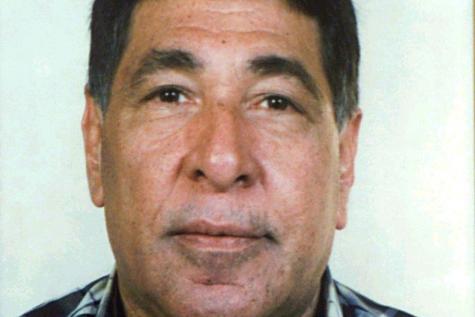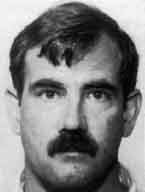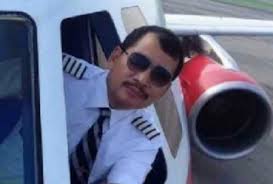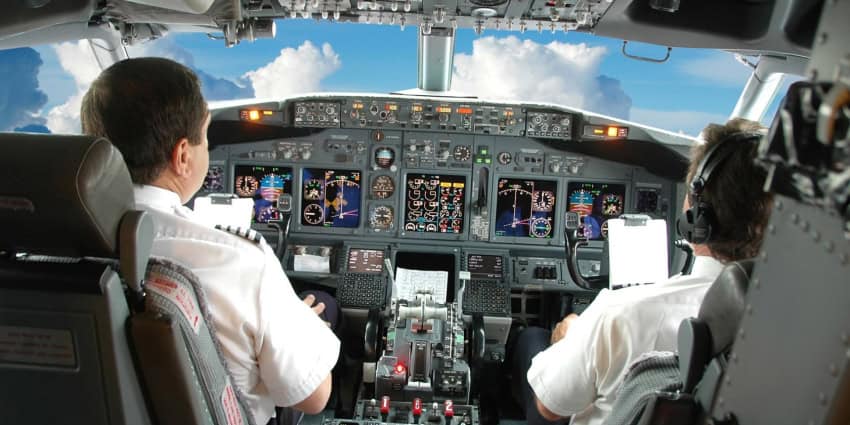Pilots are humans too and they can lose their minds as well. Incidents of plane crashing due to technical problems are quite common but have you ever heard of pilots crashing their planes deliberately, taking his/her and passengers’ life in an extremely gruesome manner?
Well, it’s not as one-off as you might thing. Here is a list of some plane crashes which turned out to be suicide attempts by pilots:
An act of Revenge
One of the earliest reported cases of a pilot deliberately crashing his airplane occurred on Sept. 26th, 1976. In what can only be described as a case of taking bitterness over a divorce a little too far, a Russian pilot by the name of Vladimir Serkov stole an Antonov AN-2 aircraft from the Novosibirsk-Severny Airport. He flew the aircraft towards a block of low rise apartment buildings where his ex-wife lived and crashed the plane right into the complex. The pilot and 11 people on the ground were killed. The ex-wife lived.
Biggest Loss of Life
The greatest loss of life that occurred when a pilot intentionally crashed his airplane took place on Oct. 31st, 1999. EgyptAir flight 990 was on the second leg of its LA –New York – Cairo flight. Less than an hour after departing JFK International Airport, the Captain Command, Ahmed El-Habashi left the cockpit to go to the bathroom leaving the plane in the charge of Relief First Officer Gameel Al-Batouti.

Recordings of the voice recorded later helped investigators to find out what happened next. A faint voice, Al-Batouti’s, is heard saying “I rely on God” in Egyptian Arabic. The autopilot is then turned off. Then again, “Tawkalt ala Allah.” The plane’s nose banks slowly downward. The phrase is repeated 7 more times as the giant twin-engine Boeing 767 begins a trajectory that will take it nose down into the Atlantic Ocean, sixty miles south of Nantucket. 217 people perished.
Though the Egyptian government is said to have insisted that it was a mechanical failure, the National Transportation Safety Board conclusively stated that the crash was the result of deliberate actions on the part of the Relief First Officer, Gameel Al-Batouti.
The White House Crash
Just before 2 o’clock in the morning on Sept. 12th, 1994, a stolen Cessna 150 crashed onto the White  House Lawn. 38-year-old Maryland truck driver Eugene Corder stole the small red and white plane and directed it towards President Clinton’s bedroom.
House Lawn. 38-year-old Maryland truck driver Eugene Corder stole the small red and white plane and directed it towards President Clinton’s bedroom.
Through a series of miscalculations, aided in no small part by the plane’s single occupant being heavily intoxicated, the plane fell well short of its target, crashing onto the South Lawn of the White House. Corder was the only casualty, dying on impact. The Clintons weren’t home.
Personal Problems
Financial and work-related problems are alleged to have been at the root of Captain Tsu Way Ming’s decision to direct SilkAir Flight 185 nose down into the Musi River in southern Sumatra. The brand new Boeing 737 was cruising over Indonesia on Dec. 19th, 1997 when it dived down, barely breaking cruising speed and crashed into the river, killing all 104 people on board. The National Transportation Safety Board investigated and officially suggested that the crash was deliberately caused by the pilot.

The NTSB came to this conclusion based on the fact that both flight recorders were switched off and mechanical investigation had proved the plane was set deliberately into a nosedive. Without flight recorder information, it was impossible to know what steps were taken to put the plane into dive mode. There was no dispute however that Captain Tsu was experiencing massive financial difficulties, mostly incurred by stock-market losses. He had also recently had major problems at work including a demotion.
The German Wings Crash
German Wings flight 9525 departed Barcelona at 10 pm on March 24th, 2015 headed to Düsseldorf Germany. After reaching cruising altitude 30 minutes later, the pilot left the cockpit for a toilet break. The co-pilot Andreas Lubitz had been prohibited to fly by a psychiatrist two weeks earlier after he was determined to be suicidal, but he hadn’t told his employer.

Before the pilot could get back, Lubitz took control of the airplane and immediately set the flight unit to go from 38,000 feet to 100 feet. The pilot returned and tried to break down the cockpit door but it wouldn’t give. The airplane quickly dived and eventually, horrifically crashed into the base of a mountain near the French Alps. All 144 passengers and 6 crew died in the crash. The question will always remain as to how a mentally ill individual with suicidal tendencies could be allowed to become a pilot.
Namibia, 29 November 2013
The aeroplane was at cruise flight level when the co-pilot left the cockpit to go to the toilet, leaving the captain alone in the cockpit. “On three occasions,” the report says, “different altitudes were selected to order a descent to the ground with autopilot.” The Cockpit Voice Recorder (CVR) showed several aural warnings, as well as “noises of repeated knocking and calls, corresponding to attempts to get into in the cockpit”.
Botswana, 11 January 1999, one died
The pilot, the only person on board, “deliberately flew the aeroplane into the ground by crashing at Gaborone airport”. His licence had been revoked.
Indonesia, 19 December 1997
While the aircraft was cruising at 10,000m (35,000ft) the flight recorders stopped recording “one after the other”. The aeroplane suddenly started to come down. No Mayday message was transmitted before or during the descent. The aircraft crashed into a river. “The safety investigation was not able to identify any technical problem that would make it possible to explain the accident,” the report says.
Morocco, 21 August 1994
The captain disengaged the autopilot and deliberately directed the aircraft towards the ground. “The co-pilot was in the cockpit but was not able to counter the captain’s actions.”
Japan, 9 February 1982, 24 died
After disengaging the autopilot on the final approach at a height of 49m (164ft), the pilot pushed the control column forward and set the thrust levers on idle. He then moved the thrust levers of engines two and three to the reverse idle position. As the aircraft descended, the co-pilot tried to pull on the control column, but he was unable to raise the nose of the plane because the captain “was pushing forward on the control column with both hands”. The aircraft crashed into the sea 510m short of the runway. An investigation showed that the actions of the pilot, who was among those who survived the crash, resulted from schizophrenia.














